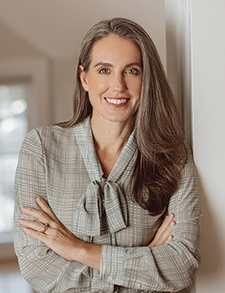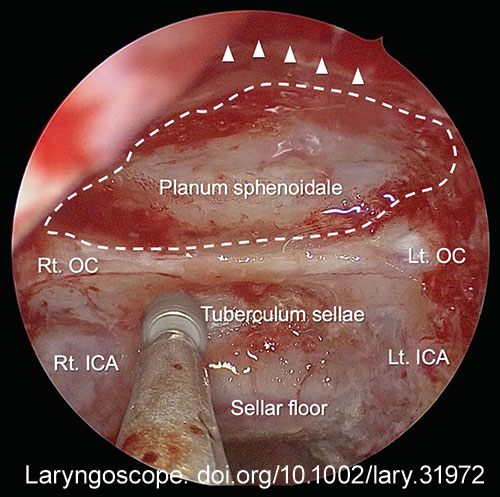In a 2016 survey of American Rhinologic Society (ARS) members on practice patterns regarding office-based rhinology procedures, 63% of the respondents reported an increase in the number of office-based procedures they performed over the last five years.




